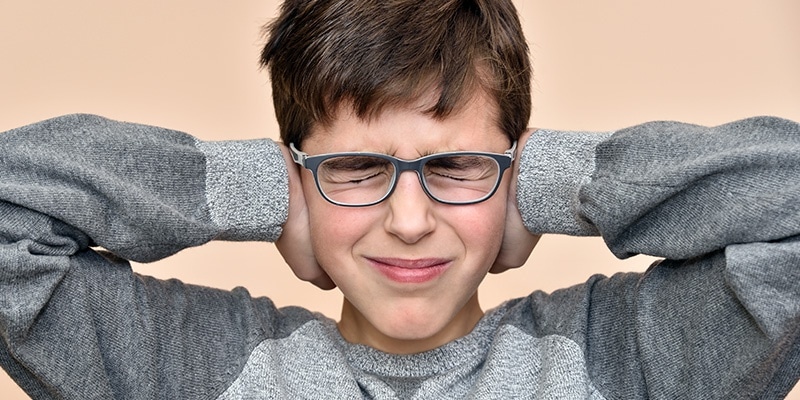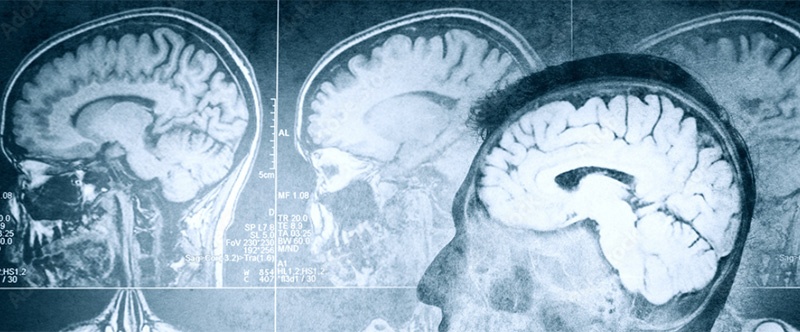What is Misophonia? As a dentist you will have come across this, a new patient attends for an examination, but they look nervous, worried, apprehensive and keep looking around to see what you and your nurse are going to use. It may have taken them years to pluck up the courage to come and see you.
A poorly understood condition which you and your dental patient may not even know they have is a condition called Misophonia. It is a disorder in which certain sounds trigger emotional or physiological responses that some might perceive as unreasonable given the circumstances. Those who suffer from Misophonia might describe it as a sound that “drives you crazy.” Their reactions can range from anger and annoyance to panic and the need to run away.
People with noise sensitivity anxiety experience an intense emotional and sometimes physical reaction when exposed to certain sounds. Often, these sounds do not seem to bother anyone else.
What is Misophonia?
It has been described as a neurological disorder where specific sounds trigger an emotional response that can include anger, fear, or annoyance. Misophonia triggers the fight-or-flight response in some people. This response causes them to panic or feels a need to run away from the distressing sound. People living with the condition, describe feeling like they are going crazy when they hear the triggering sounds and this can be particularly true of undergoing treatment at a dental practice.
What causes Misophonia? The misophonic reaction appears to be an involuntary physical and emotional reflex caused by sound. The sound directly activates the Autonomic Nervous System which is located in the brain stem and the Limbic System which is associated with emotion. This is a direct connection between the sound and a reflex reaction. Think of the sound as causing the same reaction as a hard poke in the ribs with a stick.
Behaviour science explains this physiological reaction as a “respondent” or “reflex” behaviour that has been acquired or developed by pairing the sound with a distressed physiological condition (stress, anxiety, etc.). When these two things happen at the same time (distress and the sound), it creates neurological wiring in the brain that causes the Misophonia reaction when the sound is heard again. This is called an acquired reflex because it is not an innate or inborn reaction (did not exist at birth). It is a reflex because it is a direct connection from a sense (hearing) to the Autonomic Nervous System and the Lymbic System.
What Types of Sounds Trigger Noise Sensitivity Anxiety?
Oral sounds such as chewing, breathing, or eating are a common trigger for Misophonia. Patients can even have a phobia of different feelings such as cotton wool or paper. This makes it complex for us as dentists to manage as these are routine things that are used daily in most treatments e.g., cotton rolls, articulating paper etc.
Misophonia Management
The management of this disorder is very complex, as the medical world currently has a poor understanding of the condition. If you were to line up 10 dentists all of them would not have heard of this disorder nothwithstanding the fact that it effects patients so dramatically.
The most commonly used treatment is sound. This is a primary component of the Misophonia Management Protocol (MMP). Filling the auditory channel with sound (such as waterfall sound) reduces the strength of the reflex reaction to the misophonic trigger sound. This does not eliminate the trigger or the reaction to the trigger, but it reduces the reaction, so it is not so upsetting
Headphones can be used to provide the same effect, but is far more visible and can cause difficulties in public (especially for children or in the workplace).
Along with the sound generator, the MMP treatment recommends 6 to 12 weeks of Hypnotherapy +/- Cognitive Behavioural Therapy (CBT) or similar therapy focused on the area of Misophonia.
 More Work on New Treatments Methods
More Work on New Treatments Methods
There are exciting new treatments being developed for Misophonia. The neural “repatterning” technique developed by Tom Dozier has been effective when a person has specific triggers, such as sounds from one or two people. It has generally not been effective for trigger sounds where anyone making the sound causes the trigger response.
There have also been some reports of benefit from hypnotherapy (mostly short term), neurofeedback, biofeedback, and muscle relaxation. Some have benefited greatly from neurofeedback, and even had a complete elimination of triggering. Neurofeedback takes 10, 20, 80 (or more) sessions. There have also been many who have reported it helped in other areas but had no effect on their Misophonia.
Progressive Muscle Relaxation (PMR) has also shown to be very beneficial in both reducing the anger or rage after a trigger and the strength of the trigger. PMR also has many other health and well-being benefits. It should be practiced daily.
Why not come to one of our open days to learn more where I will show you some strategies you can employ and also I am taking on referrals for such patients to treat with a combined clinical hypnotherapy and sedation technique.
Medical Clinical Hypnotherapist – Lecturer Conscious Sedation


 More Work on New Treatments Methods
More Work on New Treatments Methods